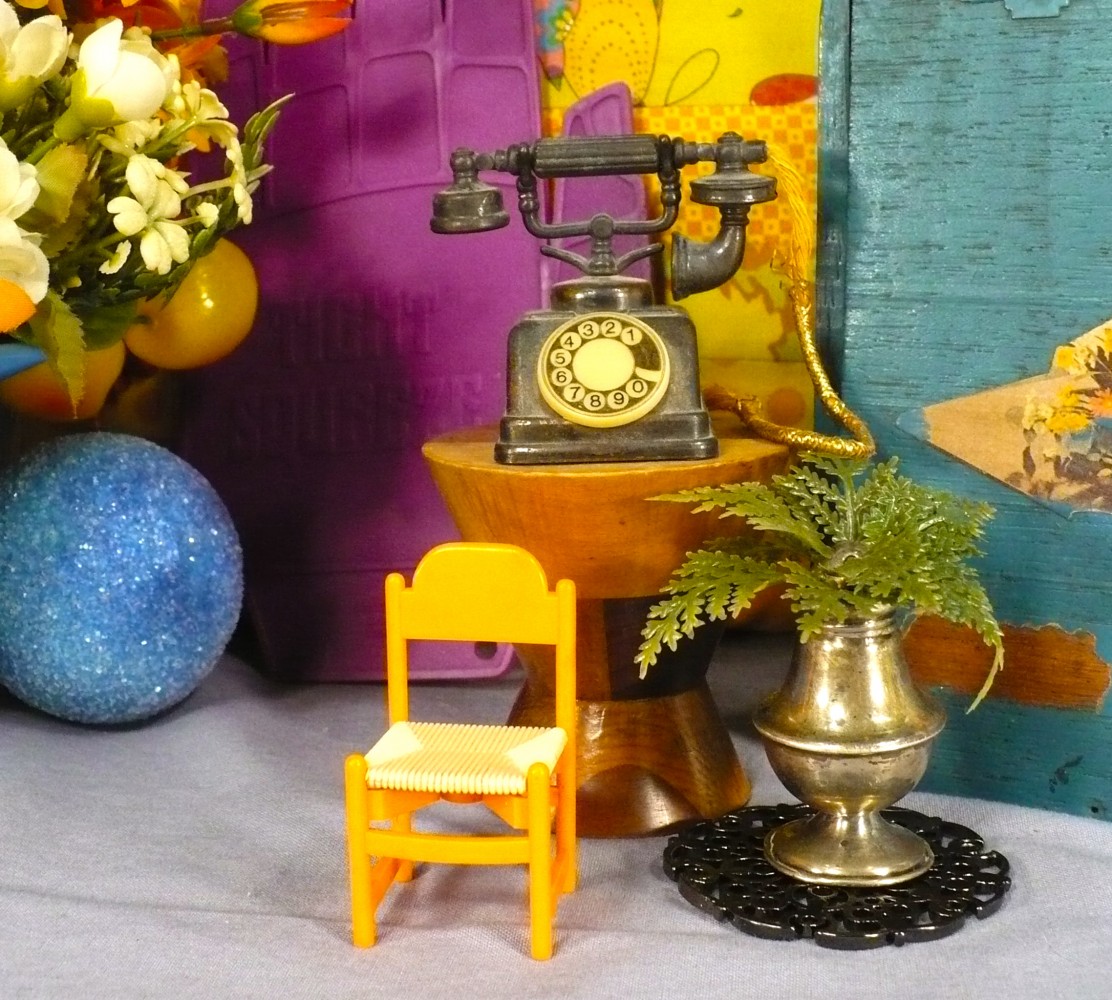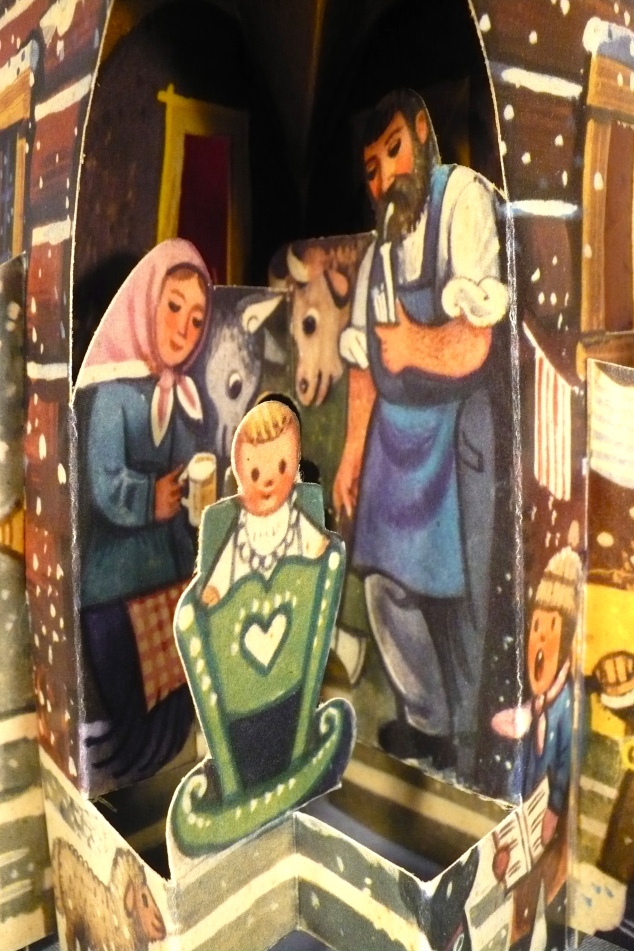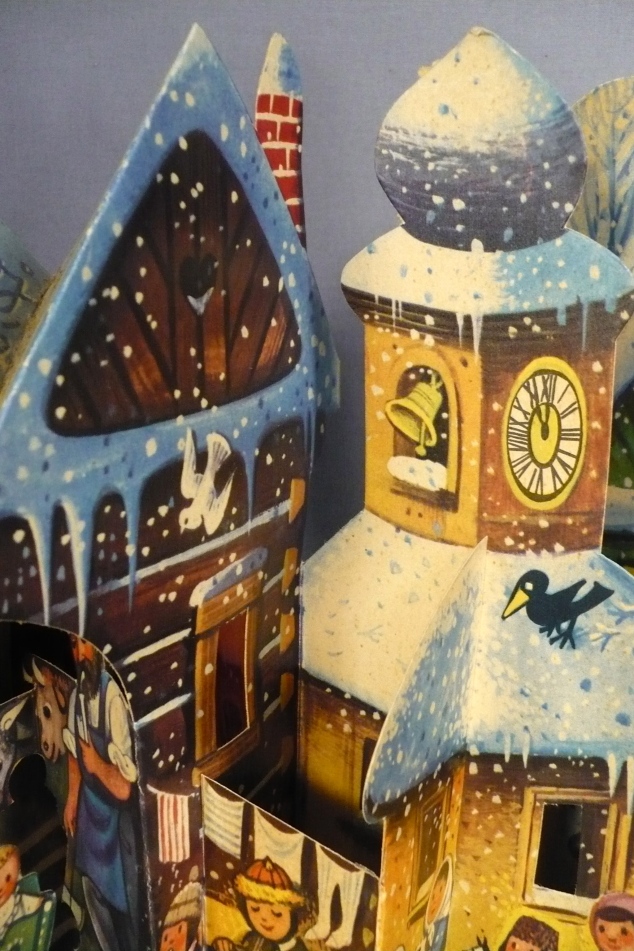Colleen Moore’s dollhouse is the ultimate in magic and artistry-the tiny perfect furniture! the miniature bearskin rug with mouse teeth! all those incredible books written by hand by famous authors! It doesn’t get much better than that.
This CBS news story details the conservation that the Fairy Castle recently underwent and is completely worth the 6+ minutes. Especially wonderful is seeing the house taken apart room by room (it was designed that way so that it could be packed in to 200 crates and shipped around the country being shown and raising money for charities that benefitted children) and seeing all the furniture out of the house and in display cases.
I spent countless hours of my childhood studying the book Colleen wrote about her dollhouse:
This 1979 edition tells the story of the castle in Moore’s own words. She includes wonderful details about how things were made and talks about all the people who helped her create this masterpiece. Lots of funny little stories including one where her grandmother prophesies that the miniature cradle she had made for Colleen out of antique jewelry will “…be my tombstone…more will visit it than my grave.” Great photography by Will Rousseau including lots of detail shots of furniture and accessories. You can find it here (not an affiliate link.)
A few years back Mike and I took a weekend trip to Chicago and of course we had to go to the Museum of Science and Industry to see the Fairy Castle (and lots of other cool things as well–great place, I could have spent the entire weekend there.) I picked this book up to add to my collection:
Published in 1997, this volume has more gorgeous photographs (by Barbara Karant) and includes a floor plan for the castle and dimensions for each room. It can be found here (also not an affiliate link.)
The castle was created during the Great Depression of the late 1920s and the early 1930s and cost approximately $500,000 to complete. But one could argue (to paraphrase a credit card ad) that it’s true value is “priceless”. It surely could not be replicated today. I am so thankful to Colleen Moore for her vision for this castle and I am thankful to my wonderful friend Jean who sent me the link to the CBS news story.








